The Victor Hugo Park in Havana, Cuba
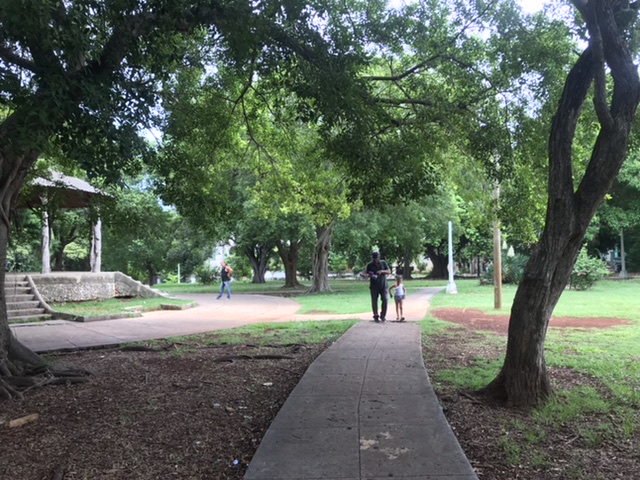
Photo Feature by Irina Pino
HAVANA TIMES – When nature invites you, you can feel the fragrance of the trees, the song of the birds, in an open space, making you realize the value of what surrounds you.
This feeling comes when visiting the Victor Hugo Park, nestled on H Street, between 17th and 21st streets, in Vedado. The statue of the writer, with the appearance of an elderly man and a thick beard, reflects an expression of bitterness. But the vegetation surrounding the monument softens his sadness.
This is a tribute to the admiration he felt for the island, which he recorded in his letters, where he wrote about the Cuban people’s struggle for independence and how they should never give up in their quest to be free.
The artist behind the work was Juan Jose Sicre (1898-1974), a Cuban sculptor who also became well-known for creating the statue of Jose Martí in the Civic Plaza, later renamed the Plaza of the Revolution.
It is said that Jose Marti met Victor Hugo when the Frenchman was 80 years old, and our apostle was just a young man of 21.
On the other side, there is a plaque dedicated to Leonor Perez, Martí’s mother.
Many people crudely call it “The Park of Infidelity” because of the people who come to spend time with their lovers. It has always had those dim streetlights that barely lit up the place. Now, there’s not even that; complete darkness reigns, and I imagine couples could do more than just hug and kiss, if they dare.
I used to come here often when I finished middle school, even though I had to walk a few blocks because my school (Carlos J. Finlay) was on Línea and G streets. Most of the time, I came to sit on the grass with a book. Reading has always been one of my favorite pleasures.
There is a gazebo, supported by eight tree trunks, which aren’t real but made of cement. People love to sit there and chat. If you say something out loud, you’ll notice the space has acoustics right in the center.
In broad daylight, you can see a fountain that, in another time, had water but has been dry and unpainted for years.
In almost no park in Havana do benches remain, as stealing them is an activity that never stops. So, if you don’t find a free bench, there’s no other option but to sit on the gazebo steps or the grass.
It’s unusual to still see the children’s garden, which has survived over time. It’s a kind of house where children are cared for before starting preschool or primary school. When I pass by, I see them playing, and other times sleeping in their little cots.
It’s sad to see how our parks are deteriorating, and that the responsible institution doesn’t care or take charge of this disaster.
These spaces are necessary, especially for children, who come to play and ride their bikes.
They are beautiful places where we have stories and memories from our childhood and youth. Their purpose is to connect us with nature and be part of its vital energy.

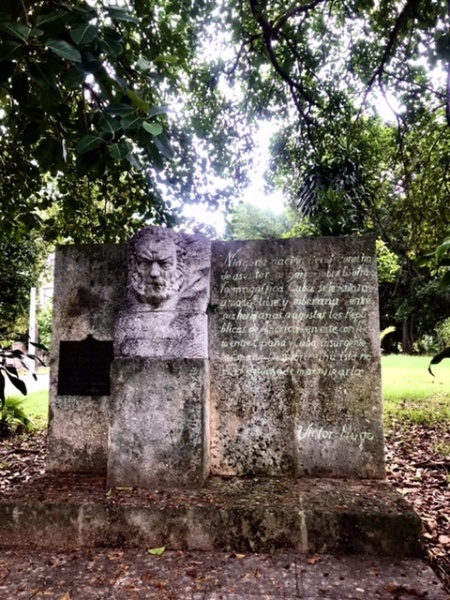

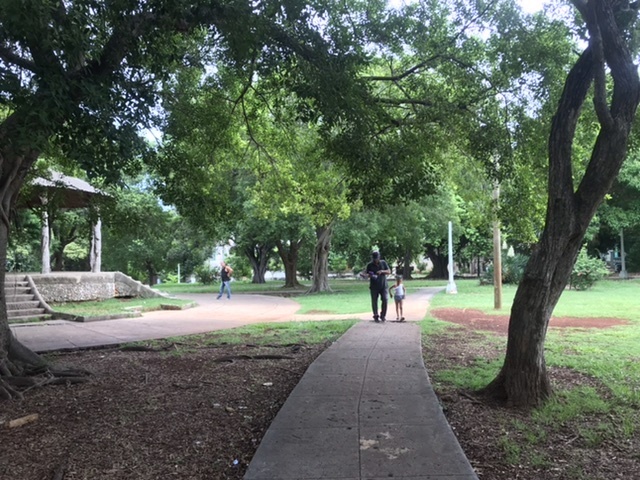

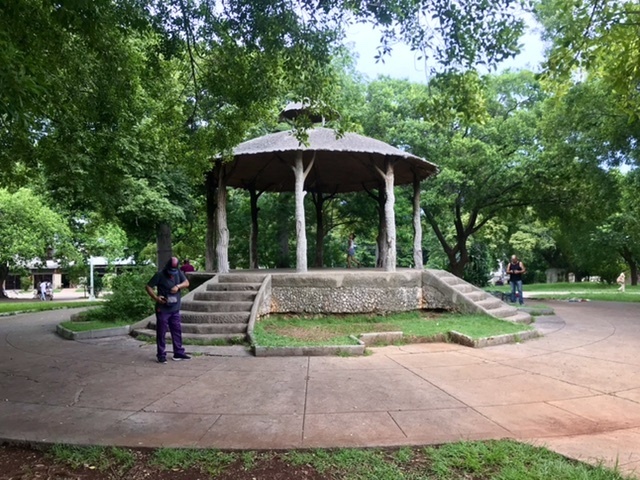
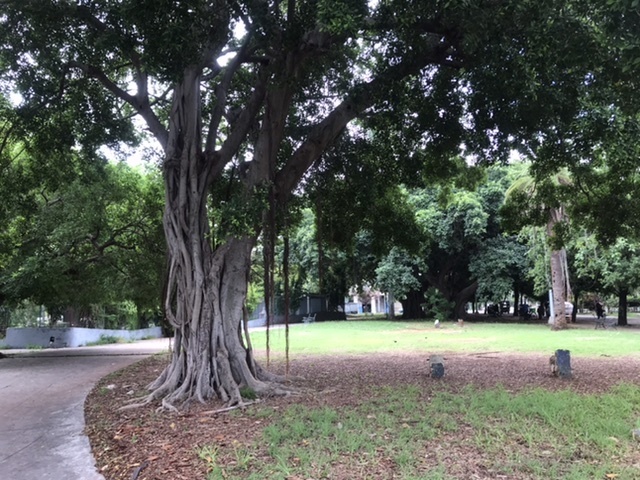
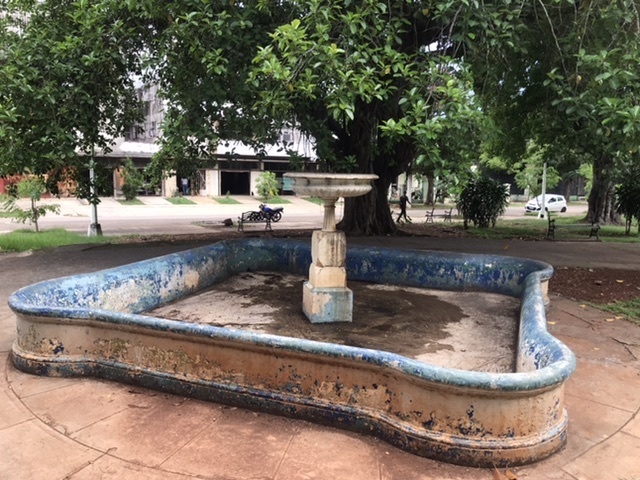

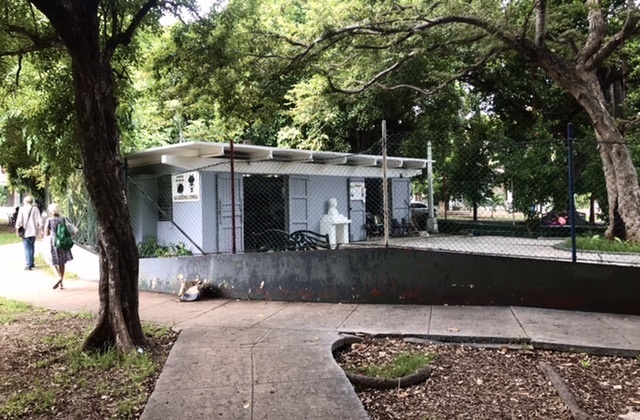
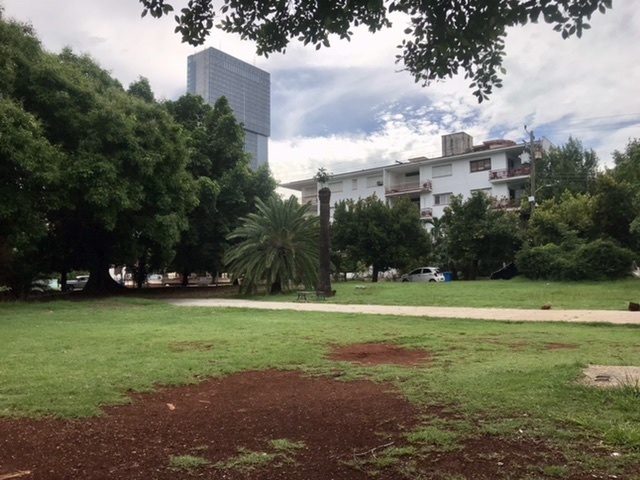
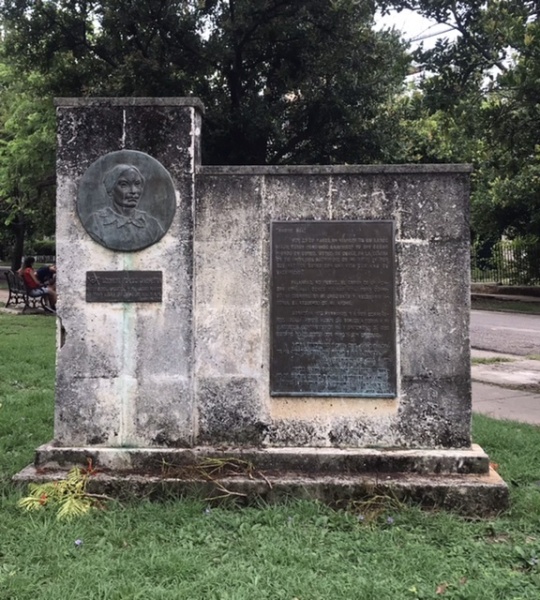





Visited Cuba since 2015.
Dec.2023, Jan. & Feb. 2024 I was in havana. I walked all over the beautiful and historical areas.
I am going to visit this year to discover what I missed.
Cuba is safest county with nice people
Como se llama el jardin infantil?
Mi parque de la infancia mis recuerdos , mi círculo infantil que también está ahí mis caídas en patines , paseaba mi muñeca en su coche , me tiré infinidad de fotos lo amo